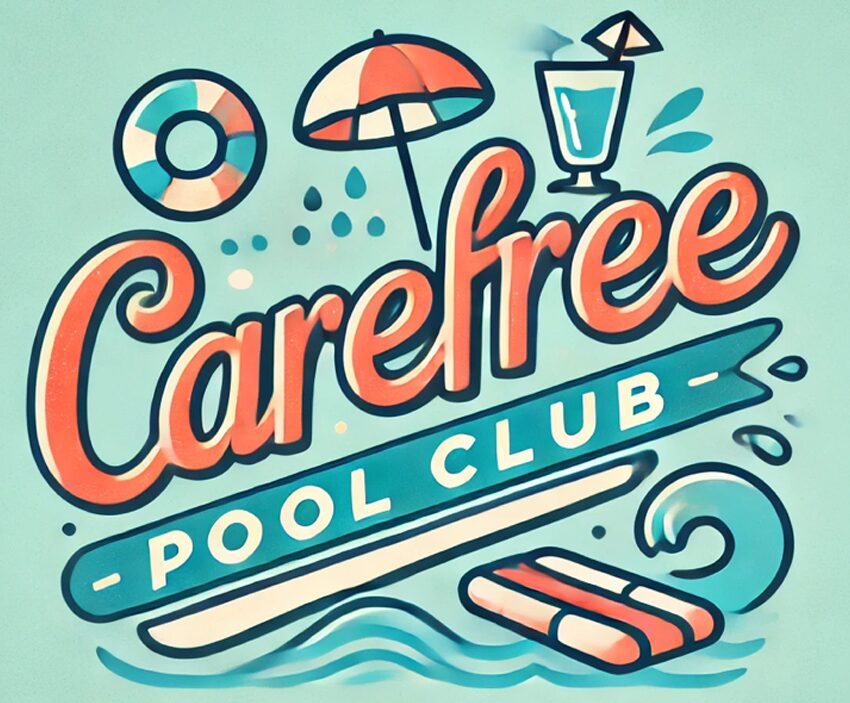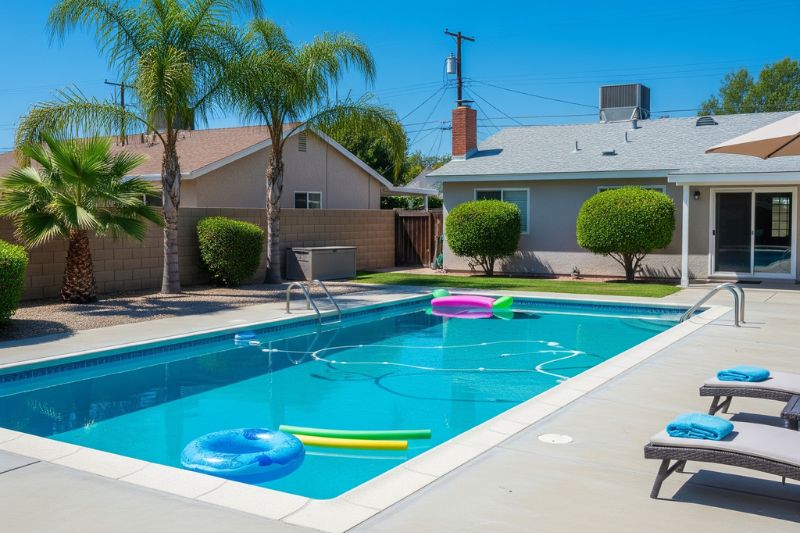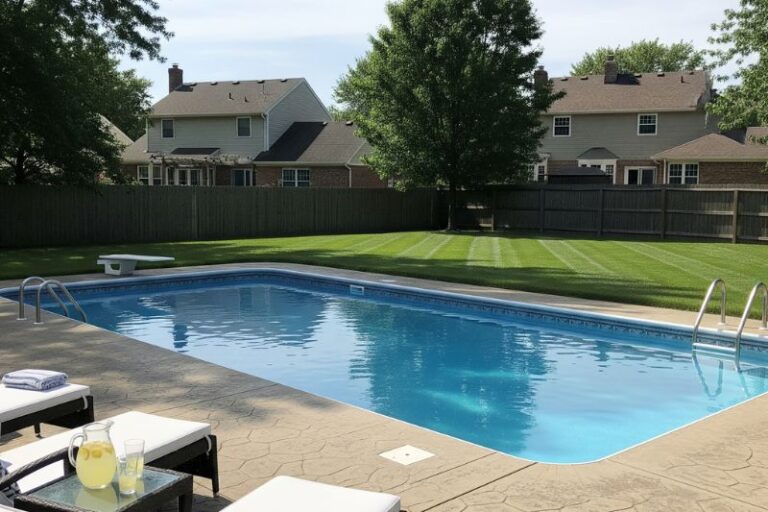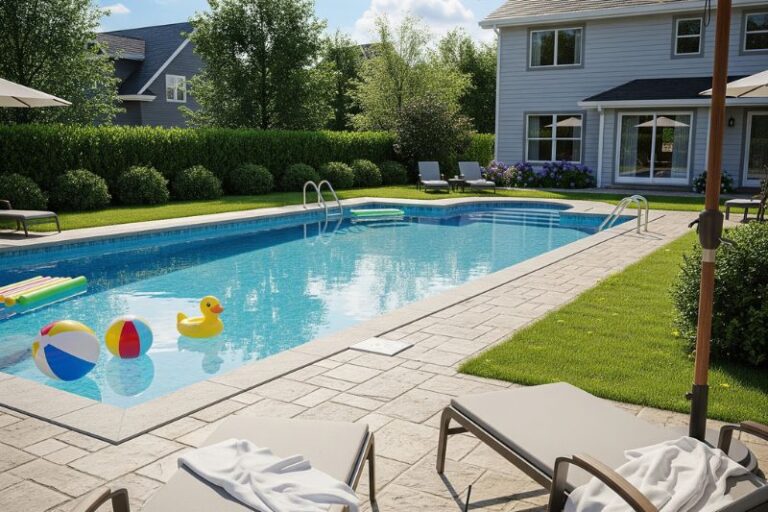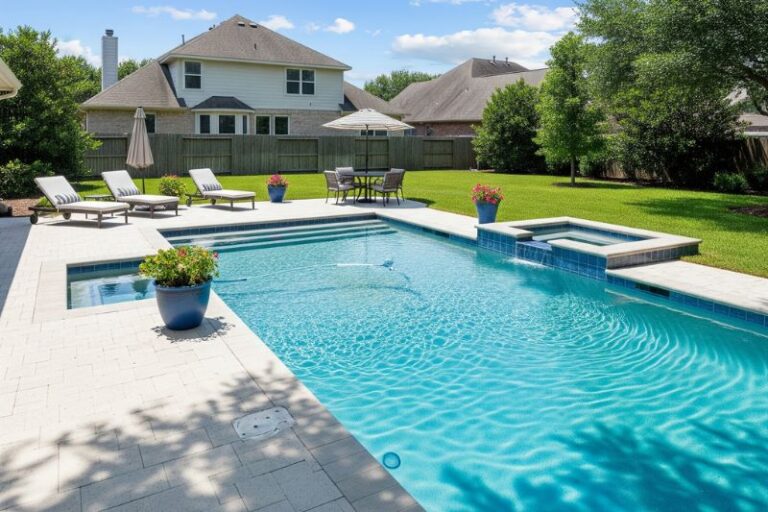So your pool is cloudy, smelly, and possibly green. Naturally, you thought, “I’ll just add more chlorine.” As if that magic powder is going to erase weeks of neglect, lazy brushing, and a clogged filter. Spoiler alert: It won’t. You can’t disinfect your way out of bad pool habits. It’s like spraying perfume on a gym shirt instead of washing it.
Let’s get painfully honest about the stuff pool owners love to ignore, then blame on their chemicals.
Mistake One: You Rarely Brush Your Pool
Brushing is the gym workout you keep skipping, but your pool walls don’t lie.
Why It Matters:
- Algae, dirt, and biofilm cling to surfaces where sanitizer can’t reach
- Unbrushed areas become breeding zones for bacteria
- Cloudy water often starts on the walls and floor
The Fix:
- Brush your entire pool at least once a week
- Focus on corners, steps, behind ladders, and tile lines
- Use a good-quality brush that matches your pool surface type
Mistake Two: Your Filter Is Working Overtime Because You’re Not Helping It
Newsflash: Your filter is not a miracle worker. If it’s never cleaned and is expected to clear a swamp, it’s going to quit on you.
Signs You’re Abusing Your Filter:
- Water stays cloudy for days
- Your pressure gauge is reading high
- There’s little to no flow from the returns
The Fix:
- Backwash sand and DE filters when pressure increases 8-10 psi
- Clean or replace cartridge filters monthly
- Deep clean at least once every season
Mistake Three: You Ignore Water Balance
If your pH is out of range, your sanitizer is basically useless. Adding more chlorine into high-pH water is like yelling into a void.
Why Water Balance Matters:
- Chlorine works best at a pH of 7.2 to 7.6
- High pH makes chlorine weak
- Low pH makes water acidic and damages surfaces
The Fix:
- Test your pH and alkalinity 2 to 3 times a week
- Adjust using pH increaser or reducer as needed
- Use a reliable test kit, not just strips if you want real accuracy
Mistake Four: You Shock Wrong or Not At All
You shocked your pool last week, but didn’t brush, clean the filter, or test anything before or after. That’s not maintenance. That’s wishful thinking.
What Shocking Should Look Like:
- Do it after heavy use, storms, or once a week
- Add shock at dusk so sunlight doesn’t burn it off instantly
- Run the pump for 6 to 8 hours afterward
Mistake Five: You Rely On Chemicals To Do It All
Dumping chlorine in a dirty pool is like putting a bandage on a broken leg. You can’t treat symptoms and skip the cause.
The Dirty Truth:
- Debris, sunscreen, and sweat overload chlorine
- Algae doesn’t die just because you wish it would
- Stains form from metals and organics left too long
What Actually Works:
- Vacuum your pool weekly
- Skim and empty baskets daily
- Get a pool cover to reduce junk falling in
The Real Checklist For a Clean Pool
Want your pool to sparkle without wasting chemicals? Here’s your weekly action list:
- Test pH, chlorine, and alkalinity
- Brush walls, steps, and floor
- Vacuum or run your robotic cleaner
- Clean the filter or backwash as needed
- Skim leaves and empty skimmer baskets
- Shock the pool (especially after guests or storms)
- Inspect for early signs of algae or stains
- Cover the pool if not in use
If you’re doing all of this and still having issues, then we can talk about adjusting chemical levels. Until then, stop treating chlorine like a miracle cure and start showing your pool some actual effort.
Because you can’t bleach your way out of neglect. And honestly, your pool deserves better.
